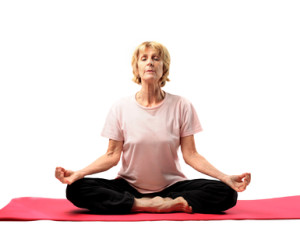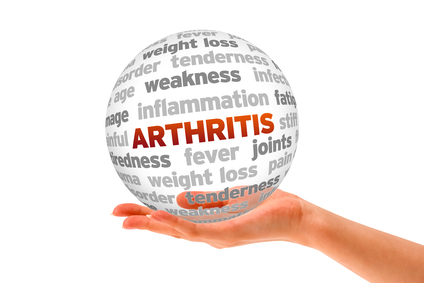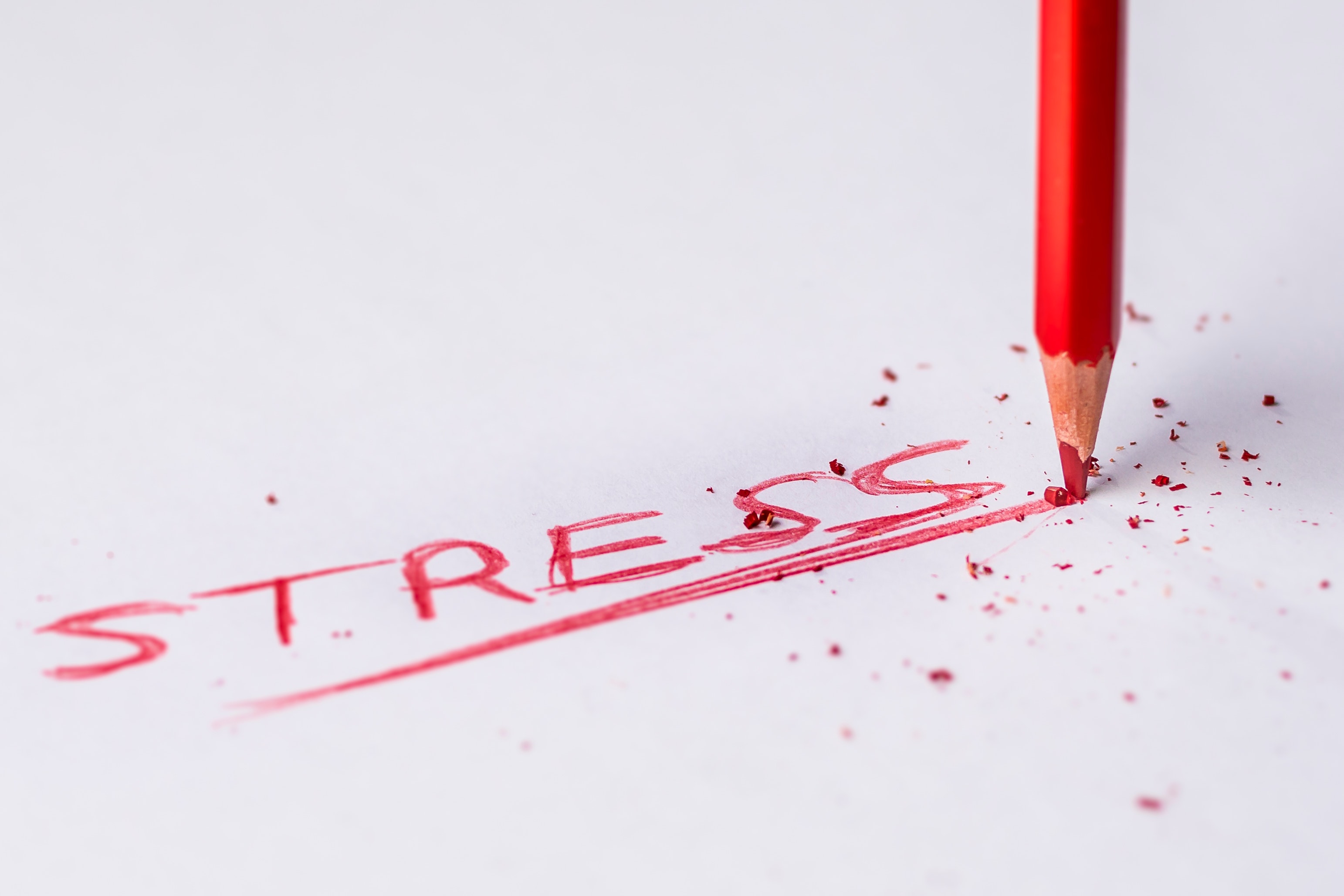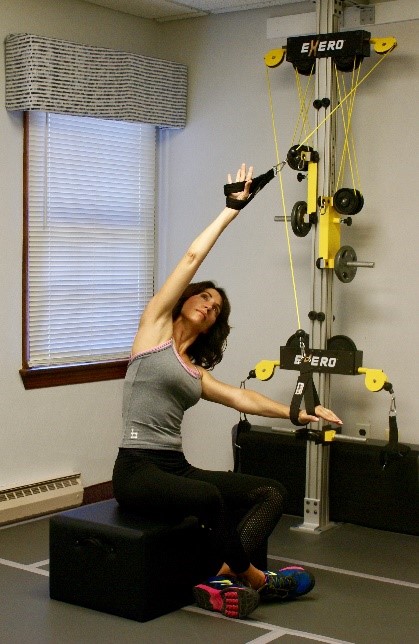Quitting as Self-Care
 A few years ago the term self-care appeared as a means of describing anything that a person does to take care of themselves, like getting a massage, meditating, going for a walk in nature, or taking a relaxing bath in essential oils. All of the above are great ways to improve your physical and emotional health; however, they are often used not as a way to improve health, but to undo the damage caused by underlying stresses and simply restore one’s previous level of health.
A few years ago the term self-care appeared as a means of describing anything that a person does to take care of themselves, like getting a massage, meditating, going for a walk in nature, or taking a relaxing bath in essential oils. All of the above are great ways to improve your physical and emotional health; however, they are often used not as a way to improve health, but to undo the damage caused by underlying stresses and simply restore one’s previous level of health.
Take meditation. It’s a practice that has been used for millennia as a means of trying to reach an enlightened state. But what do we often use it for now? As a means to calm ourselves down after an argument with a significant other or a way to gain a glimpse of equanimity before what we know will be a tough day at work.
In the above instances, meditation isn’t being used to take us to a higher place, it’s being used to get us back to baseline. And then the next day, when our job or our toxic relationships drag us back into sadness or anxiety, we use it again to bring us back up.
This is akin to using Tylenol to treat cancer. Cancer causes pain, so we take Tylenol to relieve the pain. This treats only the symptoms and ensures that we’re going to have to take Tylenol again and again each time the pain arises.
How would we stop that cycle? By curing the cancer.
Similarly, you can’t massage away a bad job and you can’t journal away a toxic relationship. In both instances, you’re merely treating the symptoms.
What’s the cure? Quitting.
Quit the job that’s taken your sanity day after day. Quit the relationships that have led you to the negative self-talk that requires hours of journaling and meditation to sort out.
Because all of the above self-care tools are amazing in their own rights, but are so much more helpful in improving your physical and mental health if you’re starting from a more stable baseline — which requires taking a good look (often through journaling!) at what is disturbing your peace.
So next time something has you anxious or depressed, grab that journal and write down what led to that feeling. Then start analyzing whether the cause can be quit. You may need a job-ectomy, or to have some toxic friends surgically removed from your friend circle.
And after you do, be sure to light some candles, throw some essential oils in a bathtub, and meditate your way to enlightenment — free of whatever was holding you back!
Learn more about strategic quitting for your health… register for Dr. Morski’s upcoming webinar:
Article reprinted with permission from Lynn Marie Morski.
Dr. Lynn Marie Morski is a Quitting Evangelist. She helps people to and through their quits through her book “Quitting by Design” and her podcast Quit Happens, along with speaking and coaching. She is also a board-certified physician in family medicine and sports medicine, currently working at the Veterans Administration. In addition, she is an attorney and former adjunct law professor at Thomas Jefferson School of Law. Visit her website, quittingbydesign.com





 It’s exhausting being a human today – there are over one million Google hits per day for the word “stress”. Good and bad stress is a part of the human condition and it can be real or imagined and it is certainly a broad societal issue. By making a positive “next step” in managing your stress you can avoid becoming worn out by the journey of life.
It’s exhausting being a human today – there are over one million Google hits per day for the word “stress”. Good and bad stress is a part of the human condition and it can be real or imagined and it is certainly a broad societal issue. By making a positive “next step” in managing your stress you can avoid becoming worn out by the journey of life. The United States Government has suggested 150 minutes per week of physical activity in addition to two days per week of strength training for 20 minutes and stretching every day. There are many meditation, relaxation response and calming apps which you can download to have with you and use when you are having a challenge with managing stress. Sit and stand tall and do not “slump” as this can cause shallow chest breathing which can trigger the fight or flight response. Try not to make important decisions while under undue stress as this may result in poor or faulty decisions.
The United States Government has suggested 150 minutes per week of physical activity in addition to two days per week of strength training for 20 minutes and stretching every day. There are many meditation, relaxation response and calming apps which you can download to have with you and use when you are having a challenge with managing stress. Sit and stand tall and do not “slump” as this can cause shallow chest breathing which can trigger the fight or flight response. Try not to make important decisions while under undue stress as this may result in poor or faulty decisions.
 Can Stress and Anxiety Actually Worsen Symptoms of Arthritis?
Can Stress and Anxiety Actually Worsen Symptoms of Arthritis? Learning how to cope and finding ways to relieve tension can improve an individual’s quality of life physically and emotionally. One tip to handling stress would be to stay as active as you can throughout the day. Many people who have arthritis are often fearful of performing exercises simply because they worry it might make the pain worse or damage the joints, however, physical activity can actually improve the symptoms of rheumatoid and osteoarthritis. Daily activities like swimming and walking can reduce stiffness and stress on the joints while releasing endorphin hormones, (the hormones that make you feel good), ultimately improving the pain associated with arthritis and putting you in a better mood altogether.
Learning how to cope and finding ways to relieve tension can improve an individual’s quality of life physically and emotionally. One tip to handling stress would be to stay as active as you can throughout the day. Many people who have arthritis are often fearful of performing exercises simply because they worry it might make the pain worse or damage the joints, however, physical activity can actually improve the symptoms of rheumatoid and osteoarthritis. Daily activities like swimming and walking can reduce stiffness and stress on the joints while releasing endorphin hormones, (the hormones that make you feel good), ultimately improving the pain associated with arthritis and putting you in a better mood altogether.

 “Just relax.”
“Just relax.” Breathe
Breathe


 As fitness professionals, we know that exercise helps our clients to cope with stress. We are told that any type of exercise will help them to reduce stress levels. The problem with this way of thinking is that we do not look at stress from the same point of view as a chronic illness. In turn, you could be putting your clients at risk of developing illness’s. We know that stress can wreak havoc on the body but what can we do as fitness professionals?
As fitness professionals, we know that exercise helps our clients to cope with stress. We are told that any type of exercise will help them to reduce stress levels. The problem with this way of thinking is that we do not look at stress from the same point of view as a chronic illness. In turn, you could be putting your clients at risk of developing illness’s. We know that stress can wreak havoc on the body but what can we do as fitness professionals?